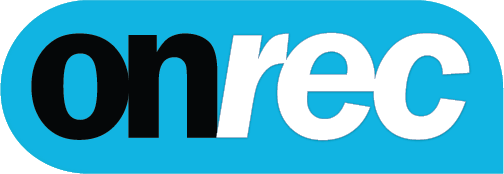Let’s be real. Everyone’s an expert online, but very few folks can actually back it up with the goods.
A digital portfolio is your chance to show the world what you do when nobody is watching. It’s your behind-the-scenes footage, experiments, and half-baked ideas alongside those polished masterpieces.
Essentially, like experts say, “Show your work.”
You share what you’ve actually built or designed or performed. Not just talk about it. Let’s dig into how different people can craft a portfolio that hits home with recruiters, clients, or curious strangers.
What Counts as a Portfolio Now?
It’s 2026, so a portfolio isn’t only for artists. Here’s what a digital portfolio might look like for three different roles:
● Engineer: GitHub repos, code sandboxes, architecture diagrams, short write-ups about problem-solving.
● Designer: Polished case studies, behind-the-scenes sketches, prototypes, links to live websites, or Figma boards.
● Marketer: Campaign breakdowns, analytics screenshots, video explainers, slide decks, even TikTok clips.
No need to wait until you’re “ready.” Share the process. Share the flops. People love to see your thinking, not just your highlight reel.
What Do Recruiters Want Anyway?
1. Quick Proof You’re Legit
Recruiters look for proof before they message you. Can you do what you say? Your digital portfolio is your answer key, no guessing required.
2. A Safe Way to Peek
When you share a public link, recruiters can browse your work at their own pace. It saves everyone from awkward emails and feel more relaxed.
3. A Bias Buffer
A digital portfolio lets your talent do the talking. Real examples, not just buzzwords. This can help level the playing field if your background is nontraditional.
Thinking About Risks and Respect
Accessibility and Safety
First, not everyone has the same resources. Some people don’t feel safe putting their work online or worry about their ideas getting ripped off.
Share only what you own and what you’re comfortable making public. If you need to use a password or a private link, that’s totally fine.
Intellectual Property
Be careful with client work or group projects. Give credit and blur out sensitive stuff.
Make it clear what you contributed. If you don’t own the deliverables, mention your role and focus on your process.
The Streaming Profile: Living Portfolio Example
A lot of musicians used to treat their online presence as optional. Not anymore.
Today, your Spotify profile is your discography in real time. It lets fans and labels see exactly what you’ve been up to lately and how your sound has changed. This is happening in other fields too, whether you’re a product designer keeping a Dribbble updated or a software dev dropping weekly updates on GitHub.
Setting up these profiles can be confusing, but creators deserve to be discovered. That’s why resources like the Spotify release checklist from DistroKid exist. It shows how artists can shape a presence that’s both professional and personal, making sure nothing slips through the cracks.
Imagine applying the same intention to any field. Your portfolio is your billboard, your notebook, and your resume rolled into one.
Quick Hits: How Portfolios Power Up Hiring
A digital portfolio can make or break your chances:
● Competitive Edge: Two marketers apply for the same job. One has a folder of Instagram screenshots. The other has a live website, a newsletter, and campaign recaps. Guess who gets the call?
● Remote Work Ready: If you’re applying from another city or country, your portfolio is your handshake. No plane ticket needed.
● Creative Proof: The best argument is showing, not telling. A portfolio lets your real voice come through, not the “professional” version you wrote for HR.
Your Next Move: Build and Share Boldly
In 2026, your digital portfolio is your best shot at being seen. It’s your work and your story, all in one place. Put your process out there. Take your feedback. Show your messy drafts and your proudest wins.
In short, show your work. That’s how to get noticed by the right people, without having to shout.





